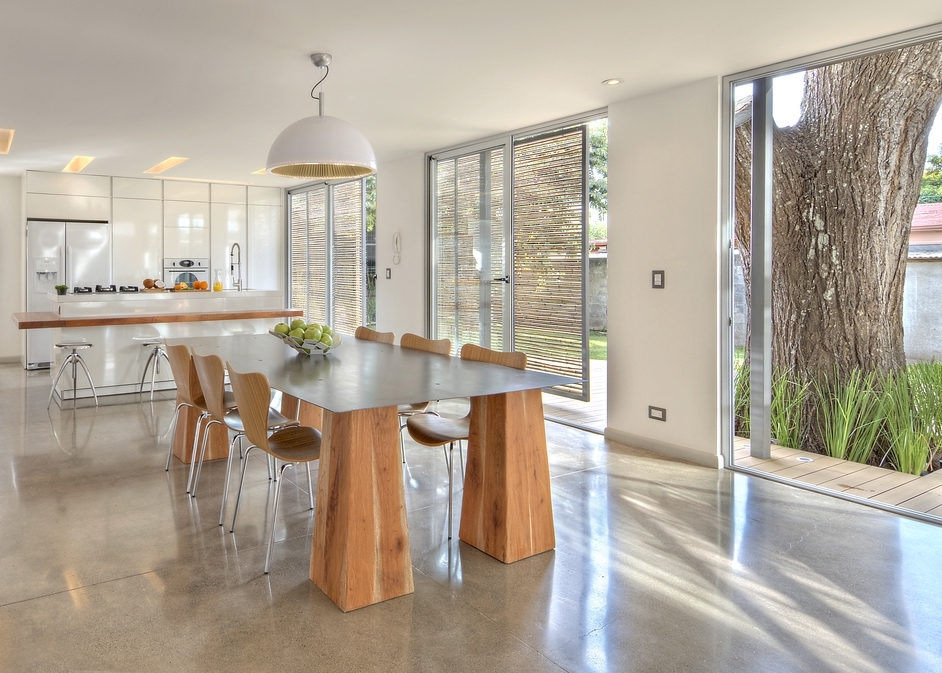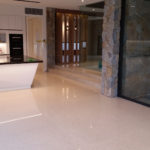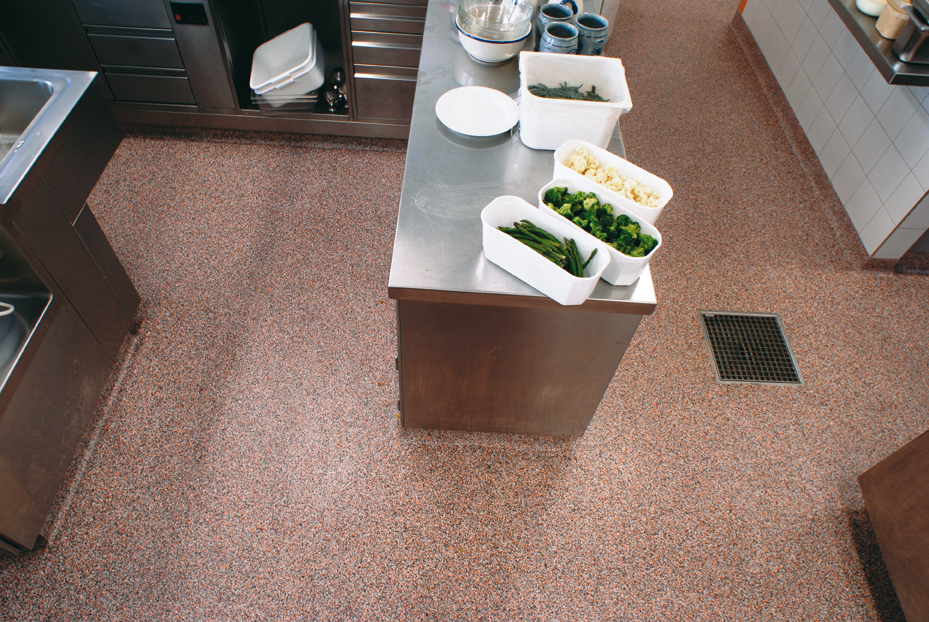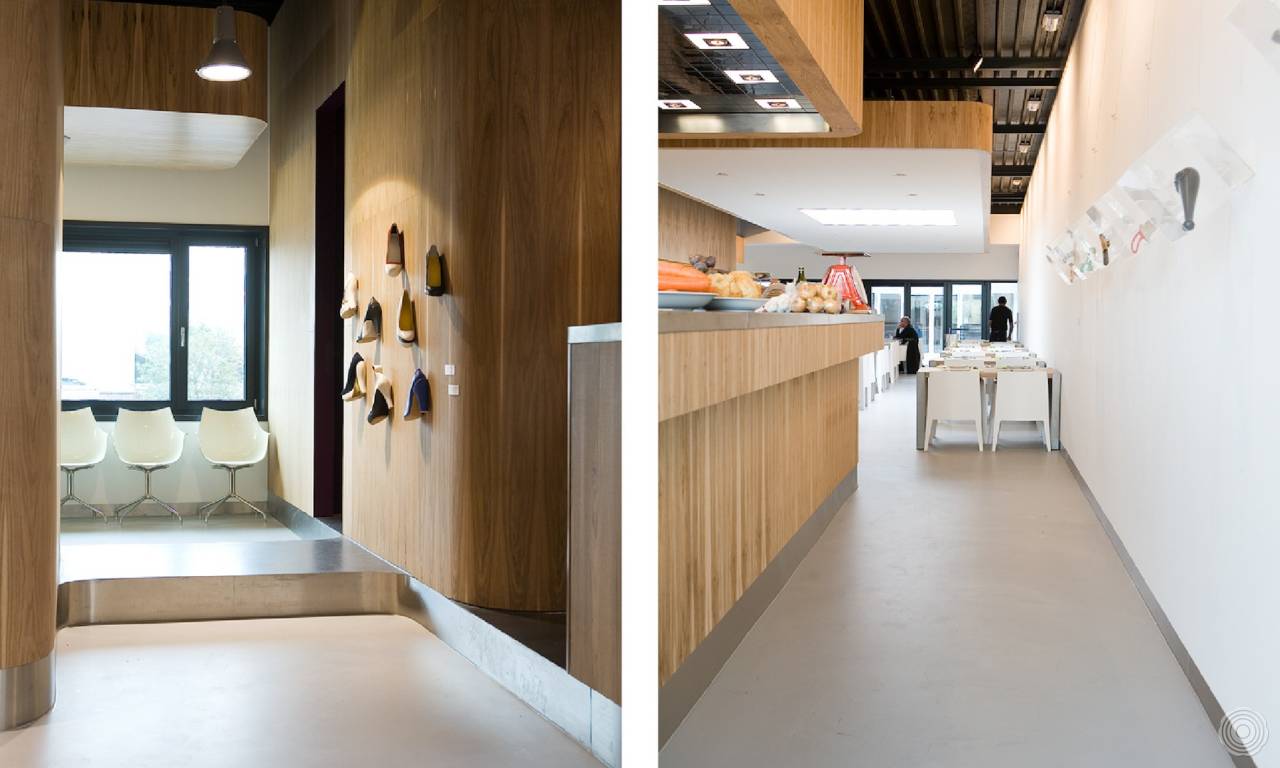Most individual think of concrete as a obvious choice for a surface suitable only for driveways, garages, and sidewalks. Surprising enough there are many different styles and benefits of concrete flooring.
As you may know, plain concrete slabs have served as the flooring material for basements, garages, patios, and utility areas for many years, but concrete is now also a viable material in modern homes, where it can be found in polished, etched, or stained form on the floors of any room in the house.
BENEFITS TO CONCRETE FLOORING
Durability: Concrete flooring is extremely tough and resilient and is able to withstand the pressure from very heavy equipment, such as cars, trucks, forklifts, and stacked crates. That is why it is such a popular material for hard-working commercial areas, such as garages and warehouses.
Durability also means that the material is difficult to damage. High heels, furniture legs, and pet claws will not scratch the surface. You also don’t have to worry about damage from most dropped items. While it is possible to chip or scratch a concrete surface, you will generally have to work pretty hard to do so.
Easy maintenance: Keeping a concrete floor looking its best requires a minimum amount of maintenance. It will need to be sealed or waxed every 3 to 9 months, depending on the level of traffic, in order to maintain the protective layer over its surface. Other than that, you can use a neutral cleaning agent to mop the floor clean periodically. A blue utility pad can be used for particularly stubborn stains.
Environmentally friendliness? In most cases, a concrete subfloor already exists beneath another flooring material in both on-grade and below-grade locations. That means that “installing” a concrete floor means just uninstalling whatever has been placed over it. Because no new material is produced, there is no carbon footprint or depletion of resources.
Versatility: As long as the concrete is smooth and free from holes, bumps, and defects, you have the choice of installing any floor surface covering over it at a later date, should you choose—although may floor coverings will require an interim underlayment. Concrete floors allow you a lot of future design freedom.
Long-lasting: A sealed and properly maintained concrete floor can last indefinitely. Even in commercial applications, concrete can survive under high-traffic conditions for many decades. Over the long run, this can save you a considerable amount of money and effort over replacing flooring every few years.
Design flexibility: When most people think of concrete floors, they think of ugly gray utilitarian surfaces with sharp bumpy textures. However modern advances in mixing and setting have allowed designers to achieve an almost endless variety of color and texture effects with this versatile material.
In some cases, coloration is mixed directly into the concrete before the slab is placed. For already-installed floors, you can acid-stain the surface, use an appropriate dye or staining agent, or paint over it with a waterproof latex paint.
The texture of the concrete can be made perfectly smooth during the installation process. Alternatively, decorative textural patterns can be molded into the surface while it is still setting. You also have the option of polishing the material to a smooth sheen or etching it to create a faux tile effect.










Add comment
You must be logged in to post a comment.